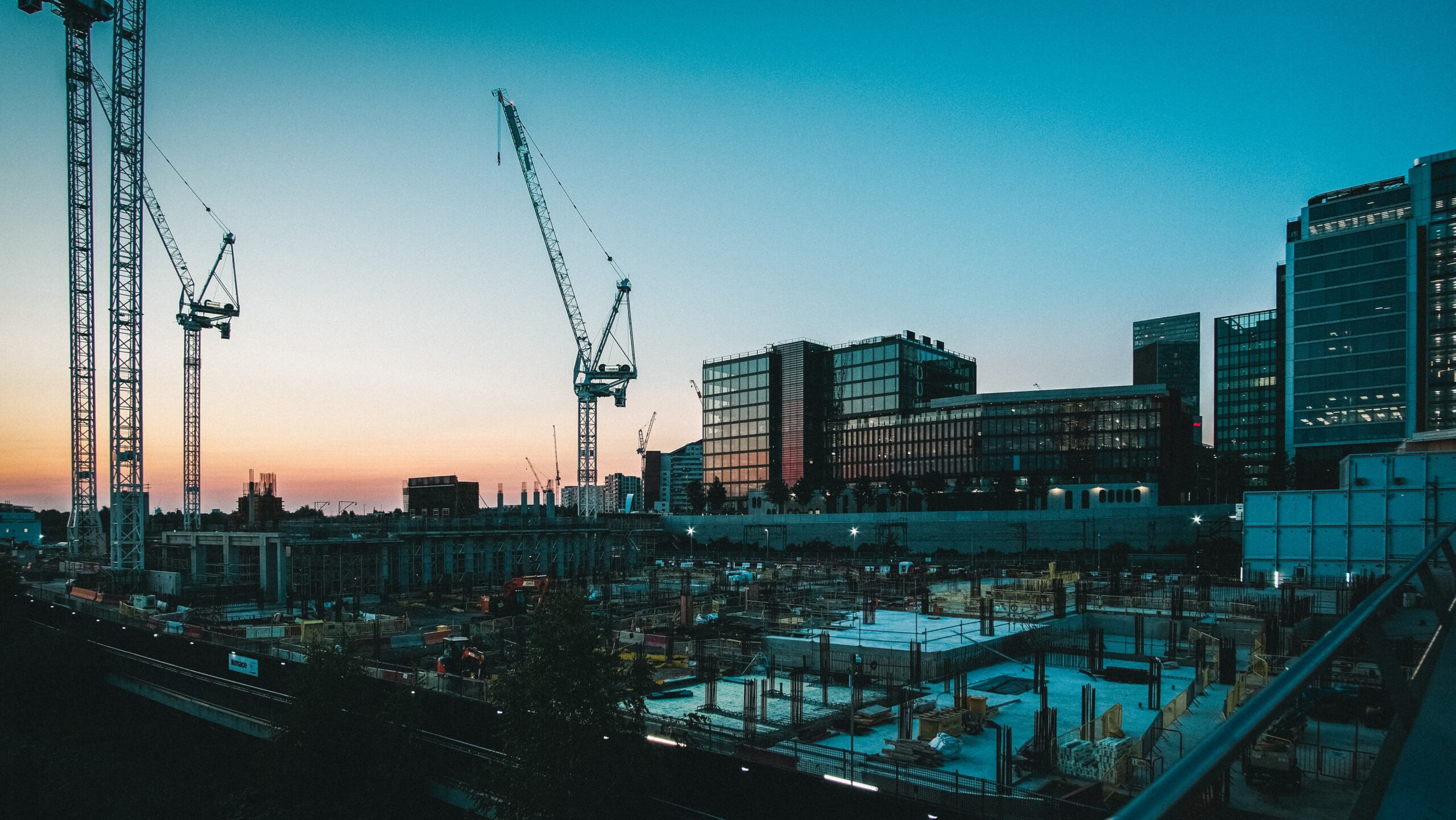Series I Savings Bonds are hot investments right now. Here’s the Smart MNE take on everything you need to know about them.



Series I Savings Bonds are hot investments right now. Here’s the Smart MNE take on everything you need to know about them.

You have a diversified portfolio in your IRA and your 401(k) asset allocation is perfectly optimized. However, due to the current stock and bond bear market, both are in the red and you’re not feeling too great. Welcome to 2022.
Fortunately, you have a few hundred, or even thousands, of dollars lying around and are itching to put it to work, but perhaps you’re unsure of what to buy. I have this problem because, for some reason, as soon as I invest in an asset it immediately drops.
There is an asset out there you can invest in which is virtually risk-free, yet pays a competitive annual interest rate (I promise it’s not a Ponzi scheme).

Meet the humble Series I Savings Bond. This is a non-marketable, interest-paying U.S. government bond that is indexed to inflation. Let’s break this down:
I Bonds pay a coupon based on a composite interest rate, which is comprised of:
The lowest the composite rate can go is 0%, which can happen if inflation is negative. Remember that the Federal Reserve wants to maintain a 2% inflation target, but sometimes deflation (the opposite of inflation) can occur. However, there’s no cap on how high the composite rate can get if inflation runs amok (hopefully that doesn’t happen, though).
I Bonds earn interest monthly, and the amount is added to the value of the bond semi-annually. Essentially, the principal amount you invested earns interest every six months, which will compound over time.
I Bonds can keep up with inflation (as defined by the CPI) thanks to the variable interest rate. They’re a great way to ensure that the purchasing power of your cash remains intact when prices are surging. If you need a place to sock away cash that you don’t need to use for a while, buying an I Bond is a great alternative to savings accounts or Certificates of Deposit (CDs).
There’s no free lunch in life, but I Bonds are as close to risk-free as it gets. The U.S. government guarantees that you will receive your principal back when the bond matures or if you cash it early. You cannot lose what you put in (unless the U.S. government has a sovereign default, at which point you’ll have more pressing matters to worry about).
I Bonds are fairly tax-efficient. You have to pay federal income tax, but not state and municipal income taxes. If you use the I Bond to pay for qualified higher education expenses, your proceeds can become completely tax-exempt. Federal taxes can be paid annually based on the interest earned, when the bond is cashed, or at maturity.
Unfortunately, you can’t sink a million bucks into I Bonds and live off the sweet interest payments forever. You’re limited to an annual purchase of up to $10,000 when buying electronic I Bonds. On top of that, you can buy paper I Bonds up to $5,000 each year using your tax refund.
I Bonds mature in 20 years (or 30 if you opt for the extended 10-year maturity period). At the five-year mark, you can cash your bond early and collect your initial investment, plus interest. If you cash an I Bond between two and five years, you’ll forfeit the prior three months of interest payments. You’re barred from cashing I Bonds for a year after purchase. If you might need access to your money within a year, I Bond’s aren’t the most flexible option.
I Bonds might pay a great composite rate now, but there’s no guarantee of this in the future. It’s all dependent on inflation. If the Fed gets inflation under control, I Bond rates will be adjusted lower by the next six-month period and you might be stuck with an investment that could underperform stocks. Make sure you figure out your investment objective (safety vs. growth) and determine if I Bonds will meet it in the long run.
You can buy I Bonds for yourself and gift them electronically to others (minors and adults) via the TreasuryDirect website. Both you and the recipient must have a TreasuryDirect account. You’ll need their full name, Social Security or Taxpayer Identification Number, and account number.
The composite rate for I Bonds issued from May 2022 through October 2022 is a whopping 9.62%. Keep in mind that this can change (for better or worse) depending on how inflation trends. You can find a comprehensive list of historical fixed, inflation, and composite rates here on the TreasuryDirect website.
I Bonds are a fantastic, low-risk investment for the right person. Their inflationary protection cannot be understated. They’re a great way to round out a portfolio if you have up to $15,000 to spare, and can help you withstand a stock market crash. I Bonds are also a worthy alternative to CDs or high-interest savings accounts if you have a planned future purchase in mind, like a down payment or new car.
Thank Uncle Sam for I Bonds. Few other investments can rival their combination of low risk, inflation protection, and tax efficiency. If you’re tired of seeing your portfolio go down and your budget shrink due to inflation, consider chucking part of your next bonus into I Bonds.